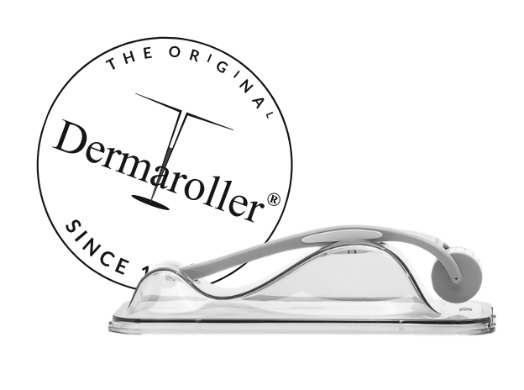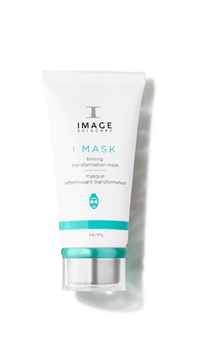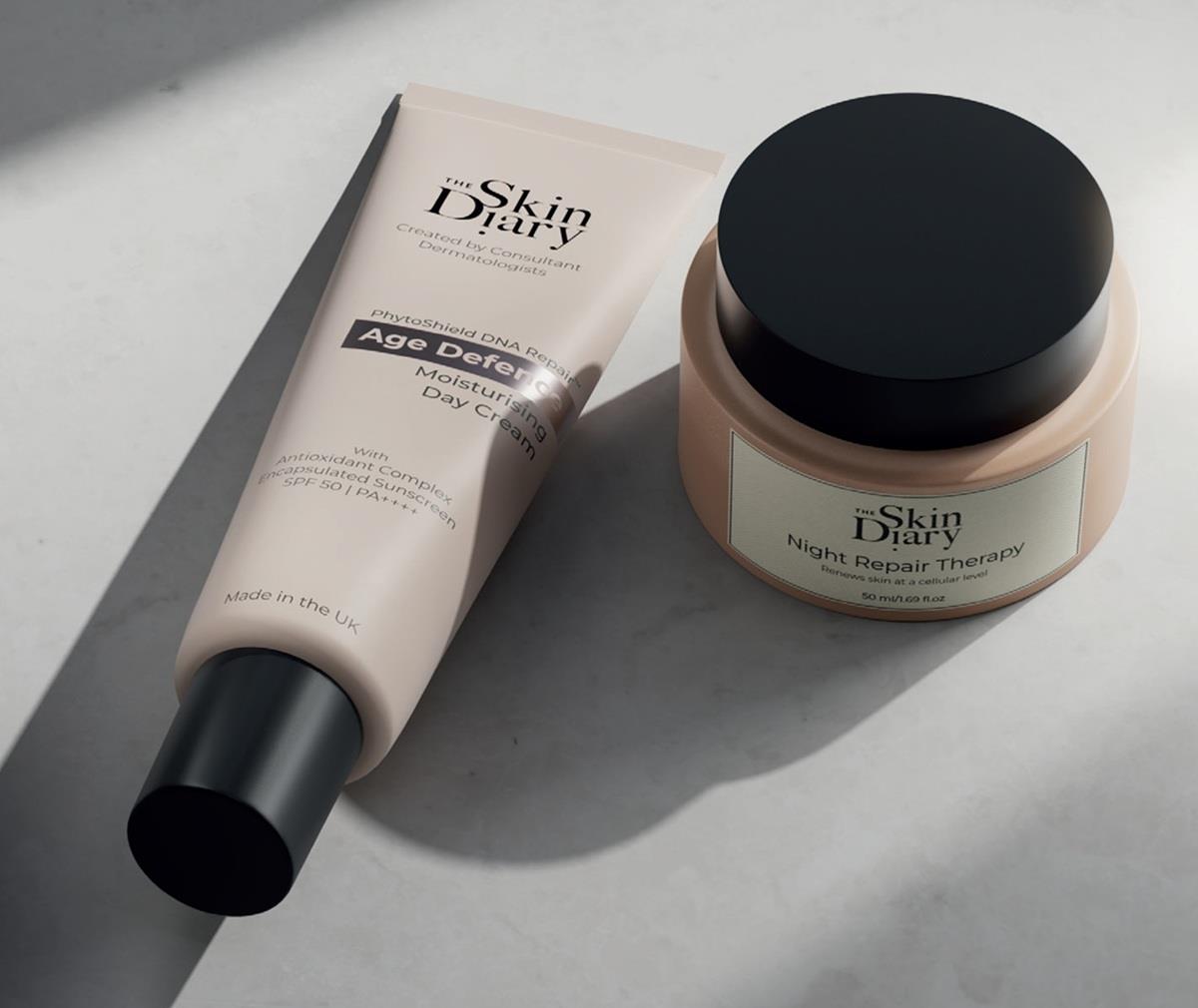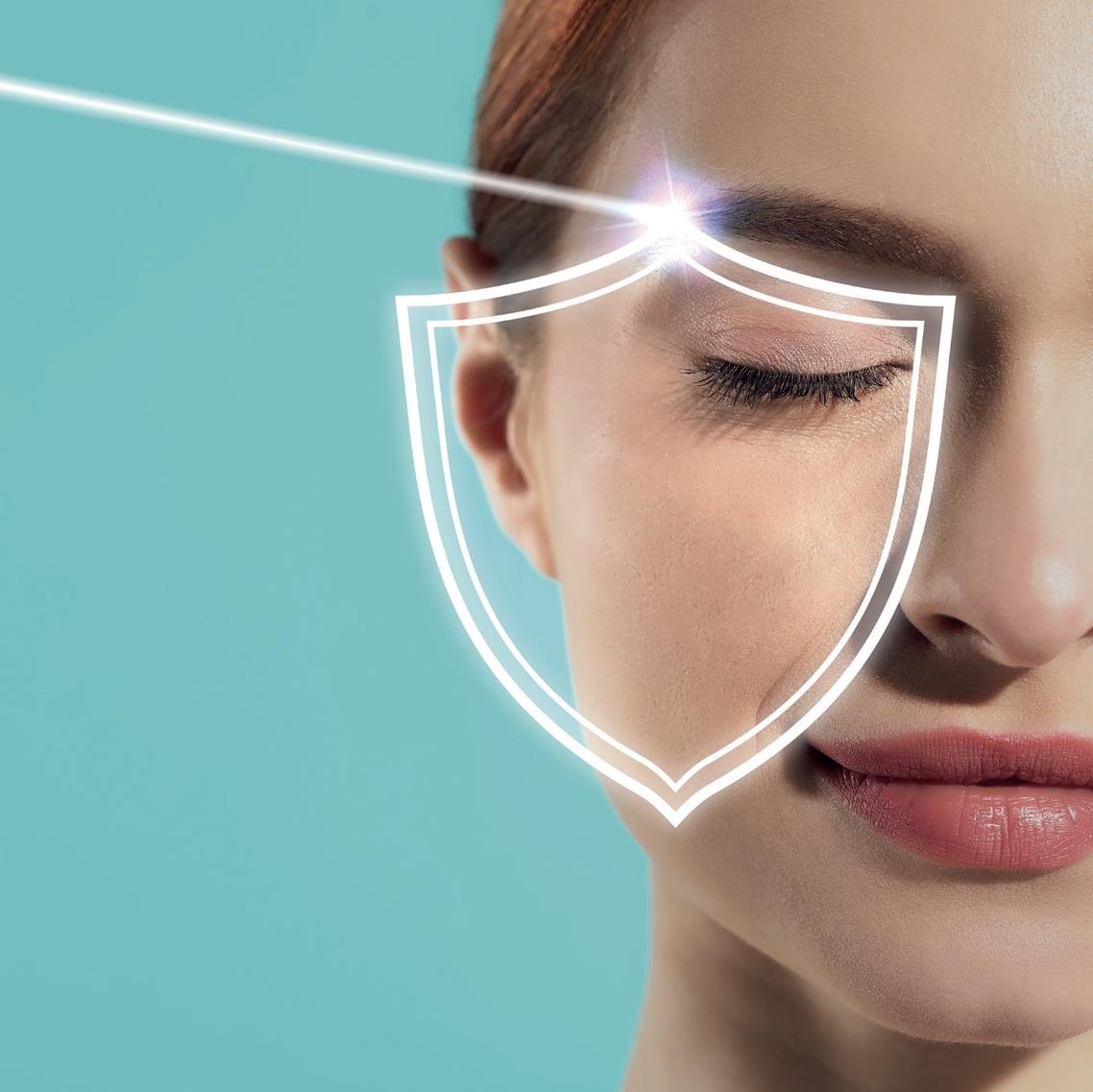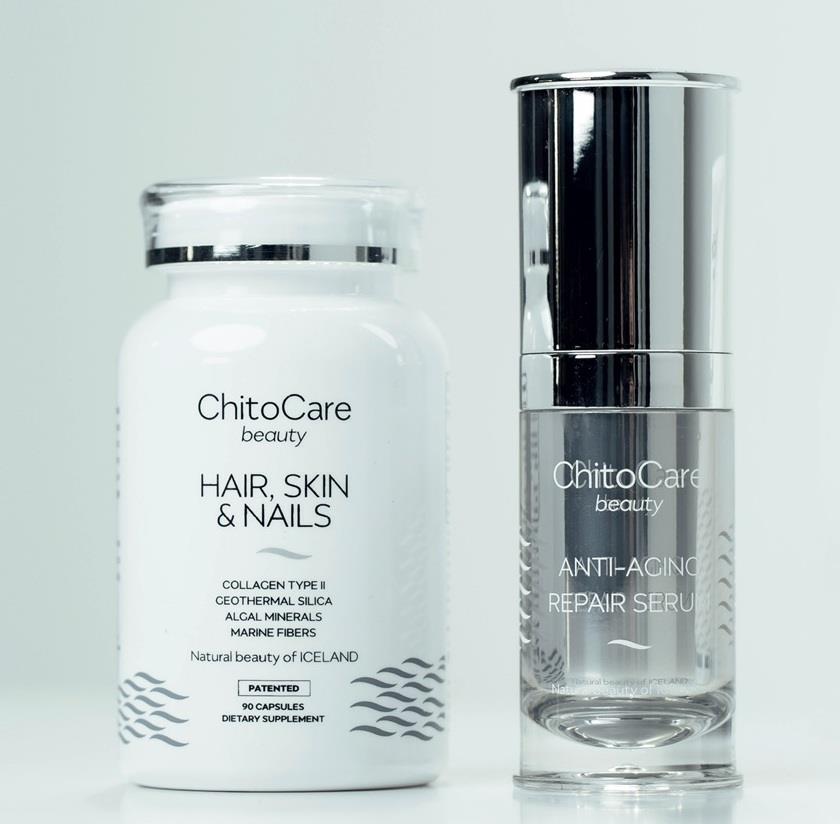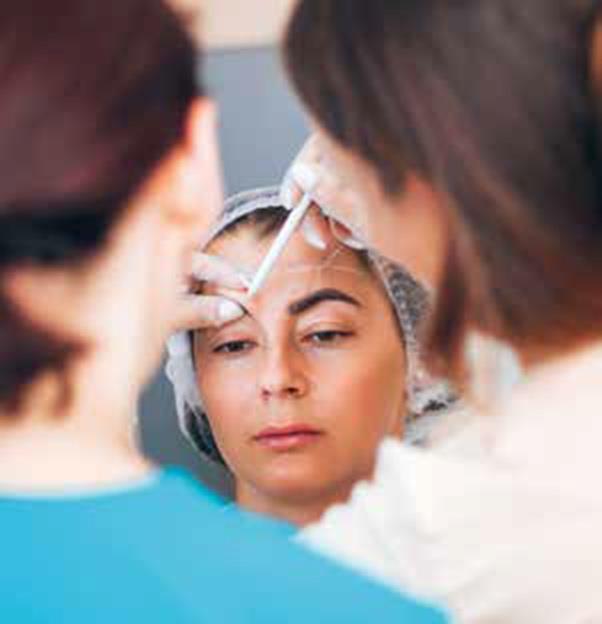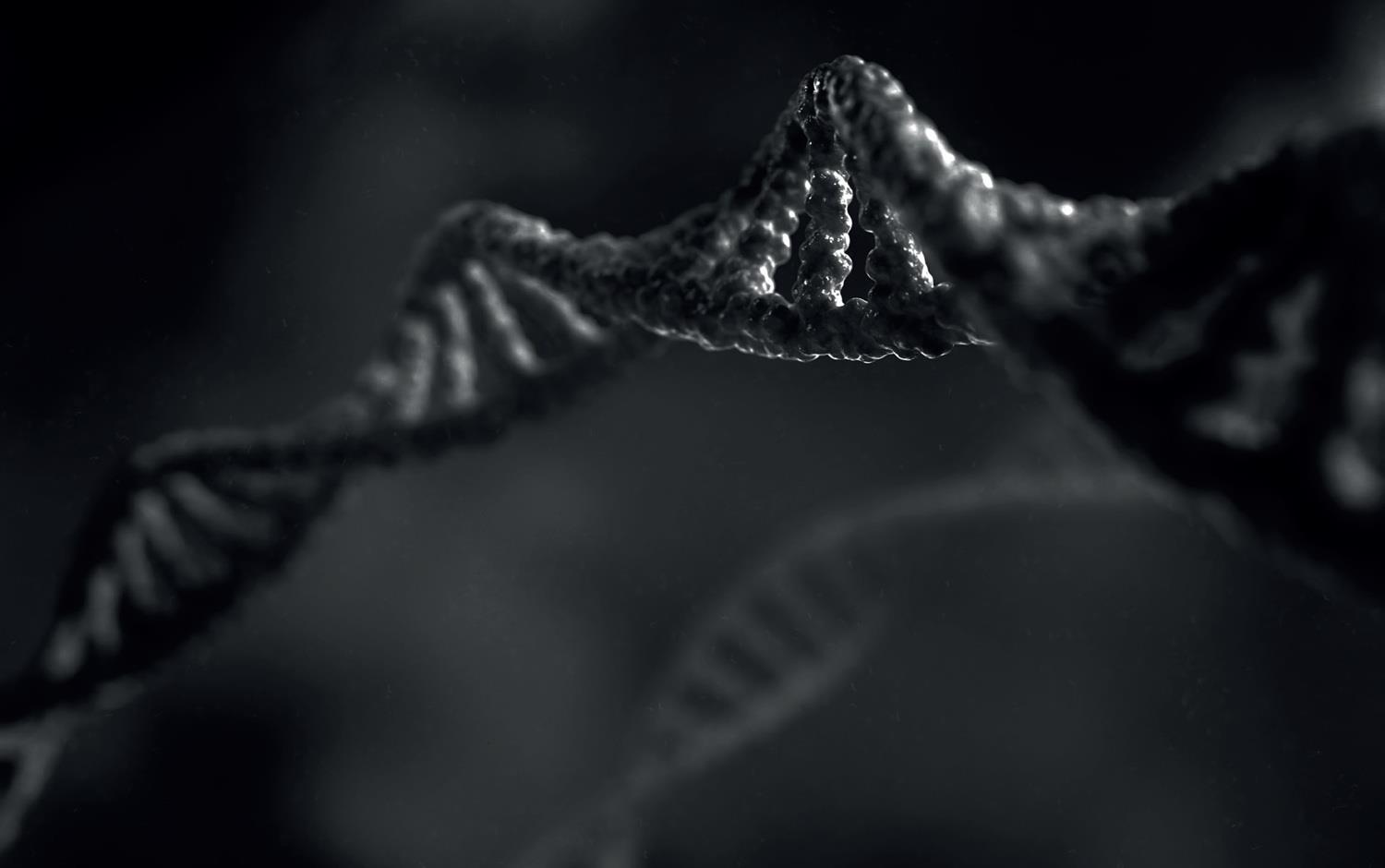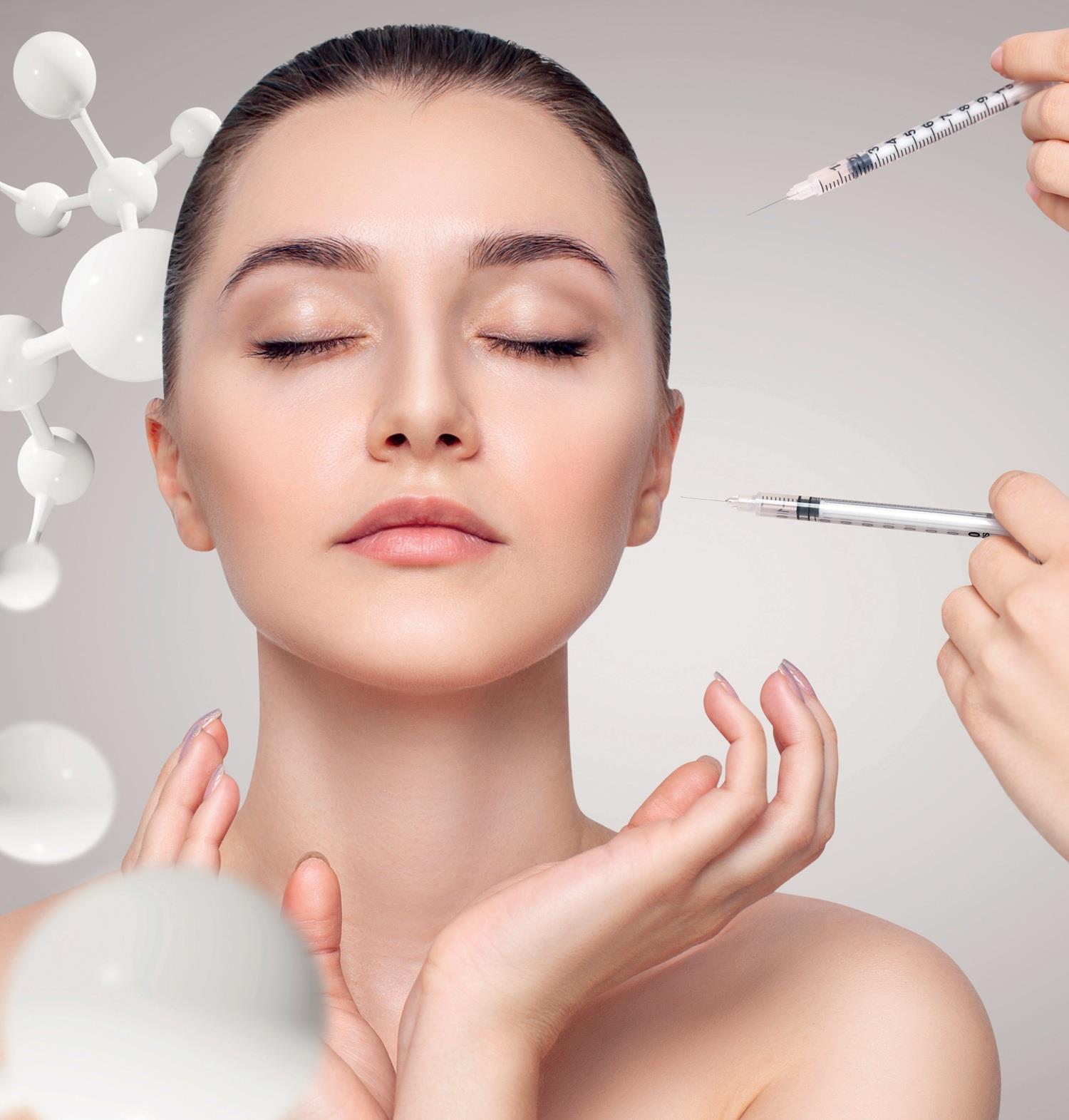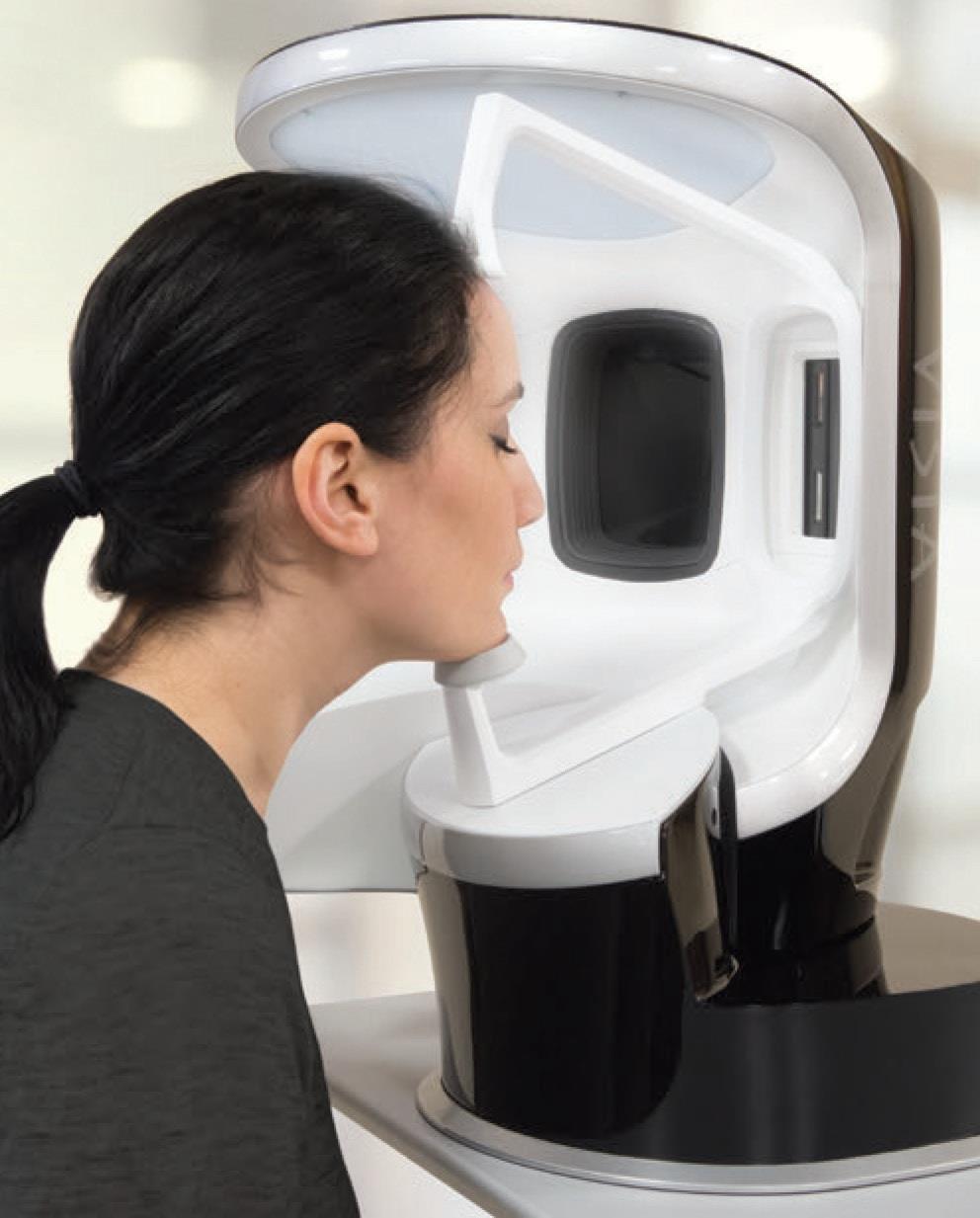
Hair loss treatment is a hot topic in aesthetics, but, with limited accredited educational programmes and no overarching regulation or standards-setting body, the sector is open to abuse. So, what do you need to know if you want to become educated and trained in hair loss and start offering treatments from your clinic? Let’s start with the basics.
Education and Training
Hair loss is complex; the main reason why ‘off-the shelf-treatments’ do not work is because the presenting condition is easily misdiagnosed or misunderstood. While there are some interventions for facial and aesthetic rejuvenation that could be used on the scalp, potentially promoting hair growth, there is limited high quality evidence to support many of these treatments. Furthermore, the mechanisms of action are not well understood and there is a lack of consensus on suitable treatment protocols.
Hair loss is not just a single condition; it is usually a multi-focal disorder which could be the result of a mixture of causes from nutrition, hormones, metabolism and medication, to potential cosmetic effects that cause the outer hair shaft to weaken but which have nothing to do with the growth of hair.
Some of the hair-stimulant treatments that may be used for hair loss conditions include:
Scalp micro-pigmentation (SMP)—a cosmetic camouflage where dots are tattooed onto the scalp to create a ‘close shaved’ look for bald areas or used to fill gaps to thinning scalps. This requires an understanding of hair growth and hair lines to create a natural looking effect, as well as suitable hands-on training in medical/aesthetic tattooing.
Scalp medical micro-needling (also known as collagen induction therapy (ITC))—the use of medical grade needles either on a roller or as party of an electronic ‘pen’ to produce microscopic channels in the scalp to stimulate the wound healing process. Electronic pens provide adjustable needle depths and speed to suit different regions of the scalp/skin. Requires suitable hands-on training.
Scalp mesotherapy—the use of injections of vitamins, enzymes, proteins and medications including Finasteride and Minoxidil, straight into the scalp for certain hair loss condition. Application may be by superficial microinjections or by a mesotherapy 'gun' type device. Requires suitable hands-on training.
Platelet-rich plasma Therapy (PrP)—a three-step medical treatment in which a person's blood is drawn, processed to separate the plasma (which contains platelets) from the blood, then injected into the scalp, either using a mesotherapy device or individual injections. The practitioner must be trained to safely draw the patient's blood or use a phlebotomist's services.
Low-level light therapy (LLLT) (also known as photobiosimulation)—a well-evidenced therapy for pain management and wound and soft tissue healing but has a limited evidence base for promoting hair growth. Despite the number of devices and widespread marketing in the hair loss sector there is a vast potential for misleading vulnerable patients.
However, the treatments listed here have significantly reduced potential to work when used only as a stand alone therapy, rather than as part of a hair loss treatment plan integrating aesthetic methods with an understanding of the cause of the hair loss.
How can cosmetic aesthetic practitioner treat hair loss successfully?
The hair loss industry is booming. While many cosmetic aesthetic practitioners are ideally placed to offer interventional hair loss treatments that are not regarded as CQC regulated activities, it is imperative they undertake additional, appropriate, education and training to recognise the myriad of critical factors and conditions that affect the hair growth cycle. Equally, it is important that cosmetic aesthetic practitioners are competent in recognising and dealing with the emotional and psychological impact of hair and scalp conditions and hair loss.
To provide ethical and successful interventions for dealing with hair and scalp conditions and hair loss, the knowledge and skills of trichology need to interlace with evidence-based aesthetic therapies, in other words you need to become a Clinical 'interventional' Trichologist.
Education and career development through the College of Trichological Science and Practice
The College of Trichological Science and Practice (CTSP) offers a pathway of robust, academic and practical accredited programmes in Trichology. With its first cohort recruited to its Level 4 Certificate in Hair and Scalp Science, a Level 5 Diploma in Trichological Practice launches in Autumn 2021 and a Level 6 Diploma in Clinical Trichology in planned for September 2022.
Through the educational pathway offered by CTSP, cosmetic aesthetic practitioners will not only have the knowledge, education and training in hair and scalp science but also an array of suitable interventions for treating hair loss conditions underpinned by safe and efficacious practice. See CTSP.ac.uk for more information.
Iain Sallis is the director of CTSP
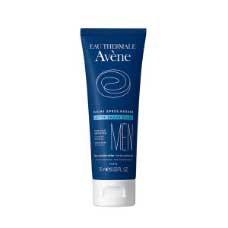
 Added to basket
Added to basket

 Unapplied Changes
Unapplied Changes


